Super Flower Leadex Gold 550W PSU Review
Super Flower has made quite an impact on the PSU market. Its Leadex platform enjoys huge popularity, both under SF's brand name and other companies like EVGA. The newest Leadex Gold-rated PSU with 550W capacity is on our test bench today.
Why you can trust Tom's Hardware
Ripple Measurements
To learn how we measure ripple, please click here.
The following table includes the ripple levels we measured on the SF-550F14MG's rails. The limits, according to the ATX specification, are 120mV (+12V) and 50mV (5V, 3.3V and 5VSB).
| Test | 12V | 5V | 3.3V | 5VSB | Pass/Fail |
|---|---|---|---|---|---|
| 10% Load | 3.8mV | 7.0mV | 8.9mV | 4.2mV | Pass |
| 20% Load | 4.4mV | 7.3mV | 10.3mV | 4.3mV | Pass |
| 30% Load | 4.8mV | 7.7mV | 27.8mV | 4.5mV | Pass |
| 40% Load | 5.2mV | 7.8mV | 10.9mV | 4.6mV | Pass |
| 50% Load | 5.5mV | 7.8mV | 12.0mV | 5.0mV | Pass |
| 60% Load | 6.1mV | 8.3mV | 11.1mV | 5.0mV | Pass |
| 70% Load | 6.1mV | 8.9mV | 12.1mV | 5.3mV | Pass |
| 80% Load | 6.9mV | 9.2mV | 12.4mV | 6.5mV | Pass |
| 90% Load | 7.1mV | 9.6mV | 11.8mV | 6.5mV | Pass |
| 100% Load | 7.8mV | 10.5mV | 14.1mV | 9.9mV | Pass |
| 110% Load | 8.4mV | 10.8mV | 14.1mV | 11.0mV | Pass |
| Cross-Load 1 | 5.8mV | 8.0mV | 11.9mV | 10.1mV | Pass |
| Cross-Load 2 | 7.9mV | 10.4mV | 11.4mV | 6.4mV | Pass |




Super Flower has proven many times that it is the master of ripple suppression and this Leadex platform clearly shows this. If you want a PSU with super-clean, AC fluctuation-free rails, then this unit is an ideal choice; it's as simple as that.
Ripple Oscilloscope Screenshots
The following oscilloscope screenshots illustrate the AC ripple and noise registered on the main rails (+12V, 5V, 3.3V and 5VSB). The bigger the fluctuations on the screen, the bigger the ripple/noise. We set 0.01V/Div (each vertical division/box equals 0.01V) as the standard for all measurements.
Ripple At Full Load




Ripple At 110-Percent Load

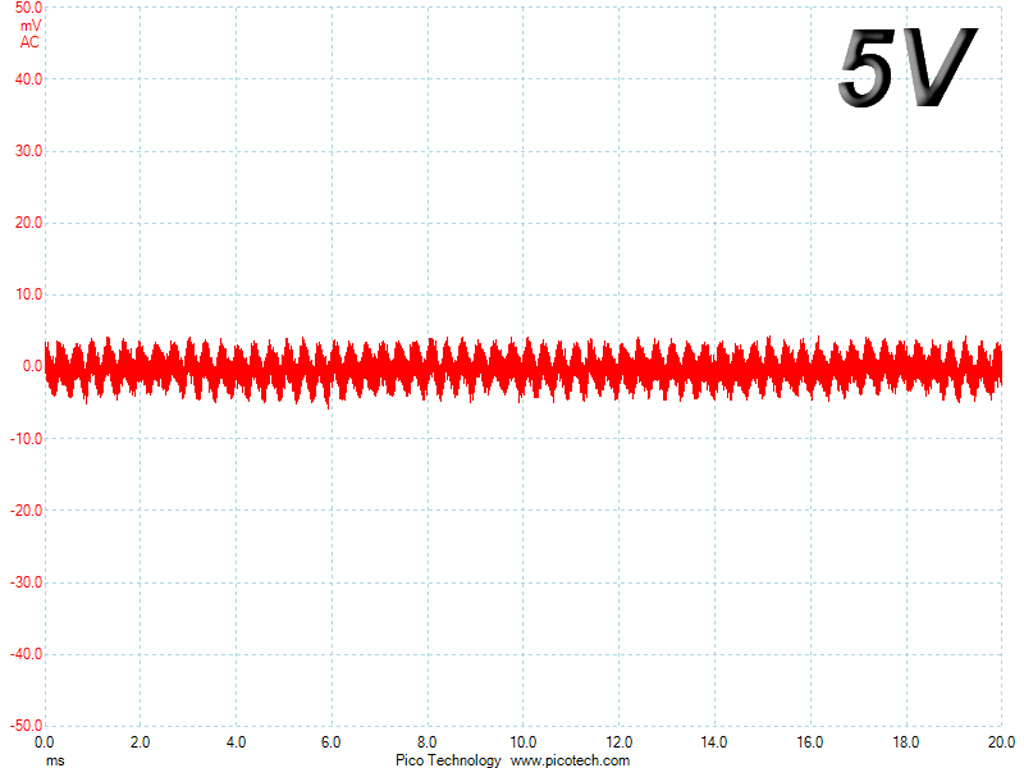

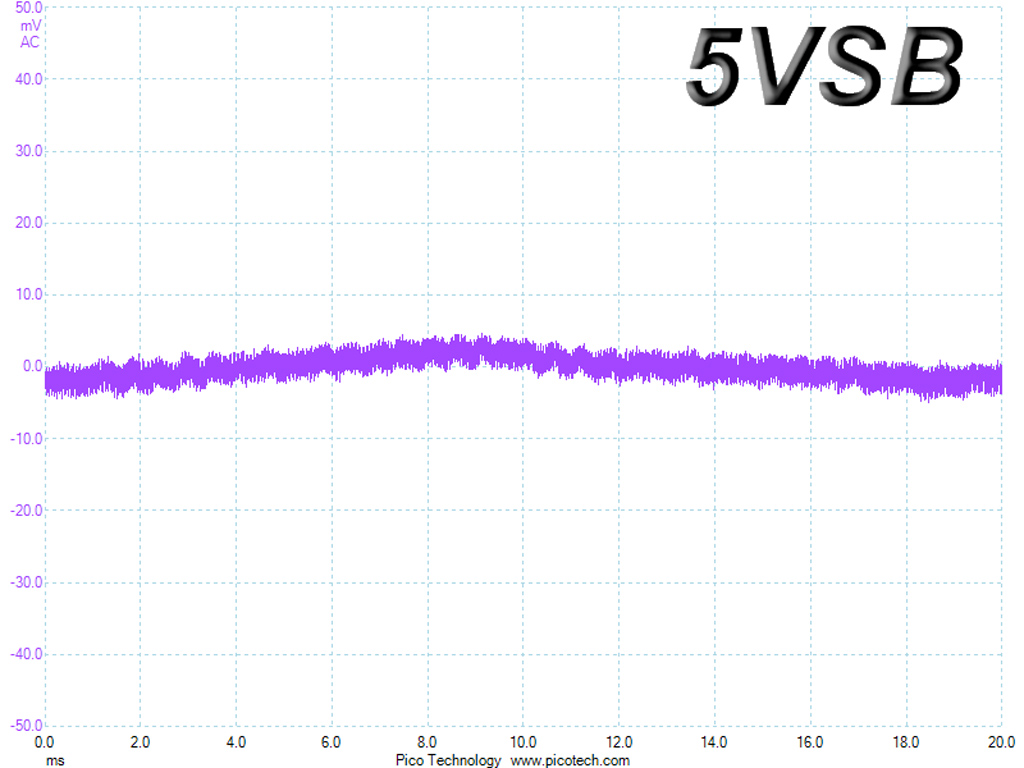
Ripple At Cross-Load 1
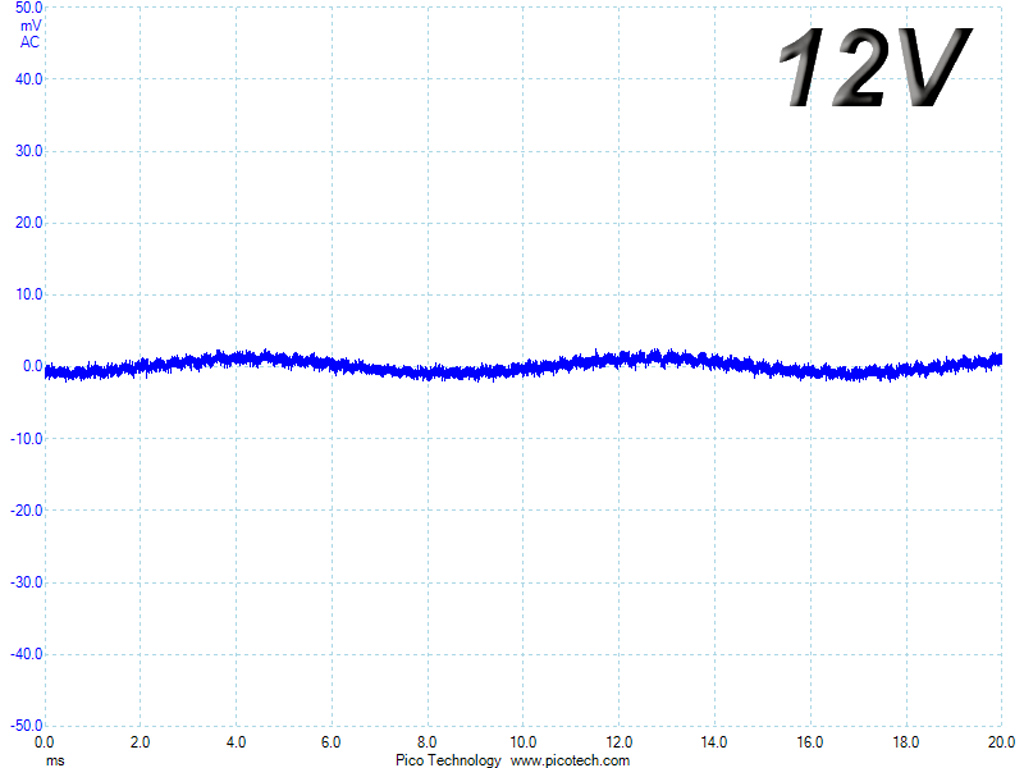



Ripple At Cross-Load 2
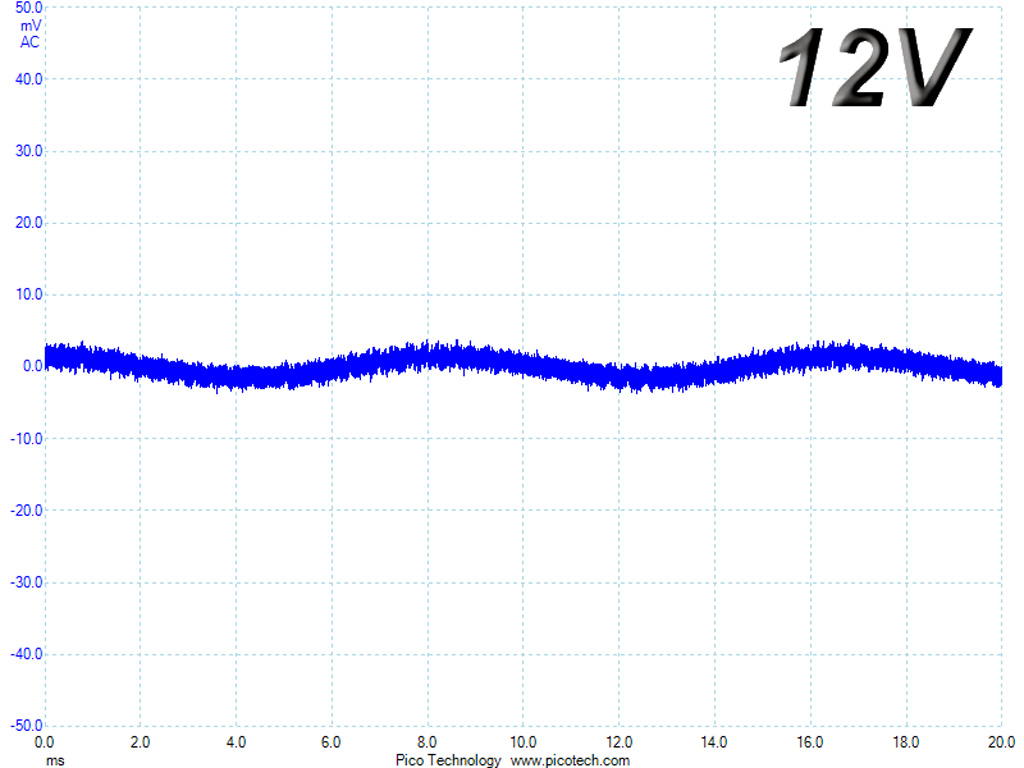


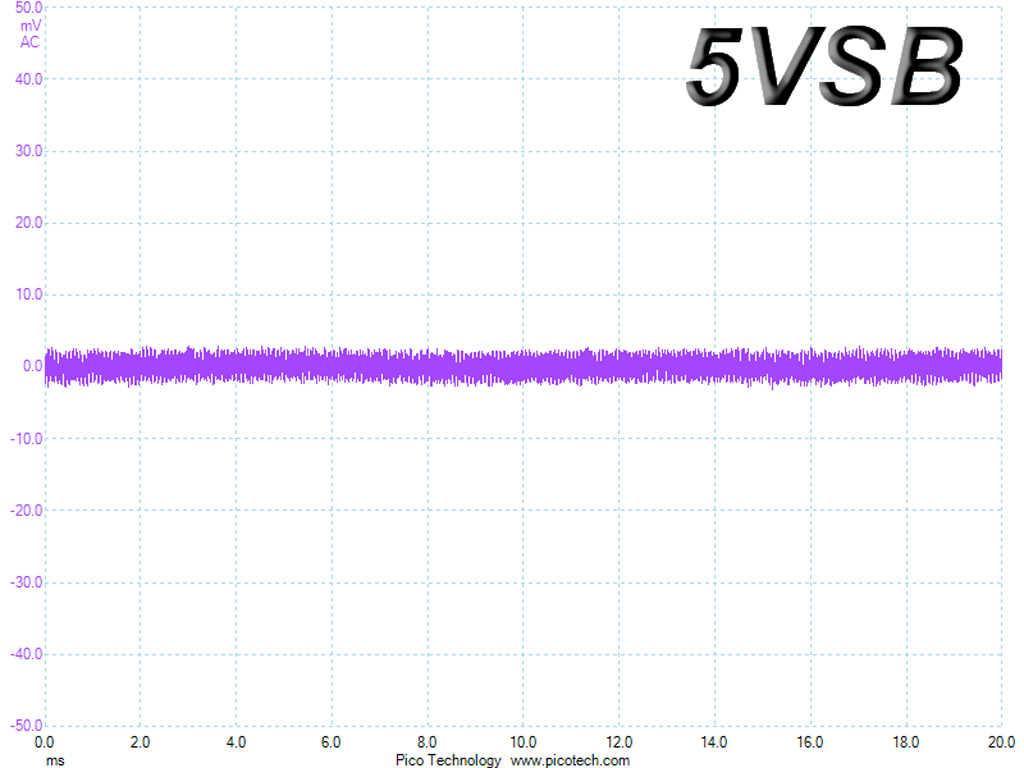
Get Tom's Hardware's best news and in-depth reviews, straight to your inbox.
Current page: Ripple Measurements
Prev Page Transient Response Tests Next Page Performance, Performance Per Dollar, Noise and Efficiency Ratings
Aris Mpitziopoulos is a contributing editor at Tom's Hardware, covering PSUs.
-
blazorthon Granted the EPS and PCIe wires don't see very high current in most situations (especially the EPS with Haswell or Skylake CPUs), I hardly ever see other PSUs using thinner gauge wires, so I can't imagine it saving enough money to be worth going thinner than the recommended 18 gauge wires most other PSUs have regardless of capacity.Reply -
Quaddro Why crapxon?Reply
I'm tired to see bulged crapxon..
If this one use jap caps, it'll be absolutely perfect.. -
mctylr ReplyUnfortunately, the bridge rectifier's markings are on its hidden side, and we try to avoid desoldering these type of parts since they are extra sensitive to increased heat
Huh? Since when are bridge rectifiers particularly heat sensitive? I would say that bridge rectifiers are not worth the hassle to desolder, unless you suspect it was an underrated part.
APFC controller is an NCP1653A provided by ON Semiconductor. It's installed on a small vertical PCB and is covered by insulation tape in order to decrease EMI noise.
That looks like paper and vinyl / PVC electrical tape wrapped around the vertical PCB, which provides electrical isolation only, I doubt it would make measurable difference in EMI. -
Aris_Mp According to my experience so far they are, unfortunately.Reply
This provides some EMI protection. There is no need for electrical insulation on this board. As for the degree or EMI protection I can examine this with my EMC probes (once I find the time to do it). -
Andi lim this review said uses a half-bridge topology, I only see one main capacitor. half bridge usualy uses 2 main cap and 2 main switcher right ?Reply -
Aris_Mp the number of APFC caps has nothing to do with the primary topology. However yes half-bridge uses 2 switchers.Reply -
Andi lim You are right, this is half bridge with LLC series resonant converter, nothing wrong with the primary capacitor.Reply